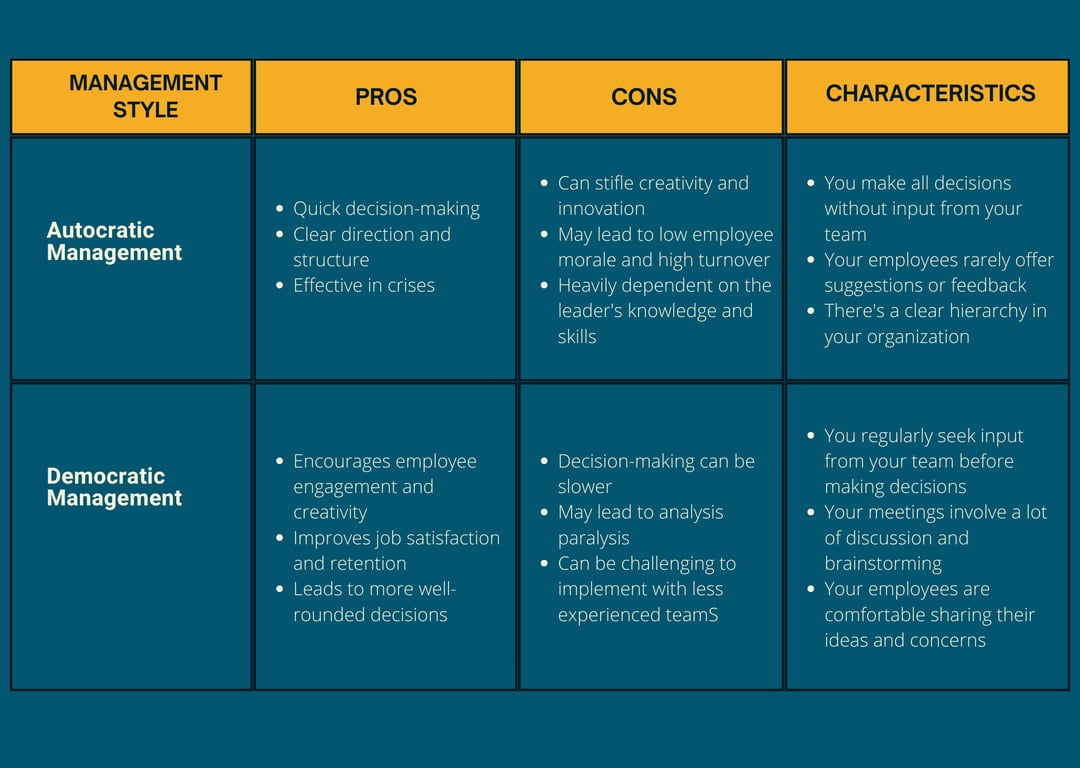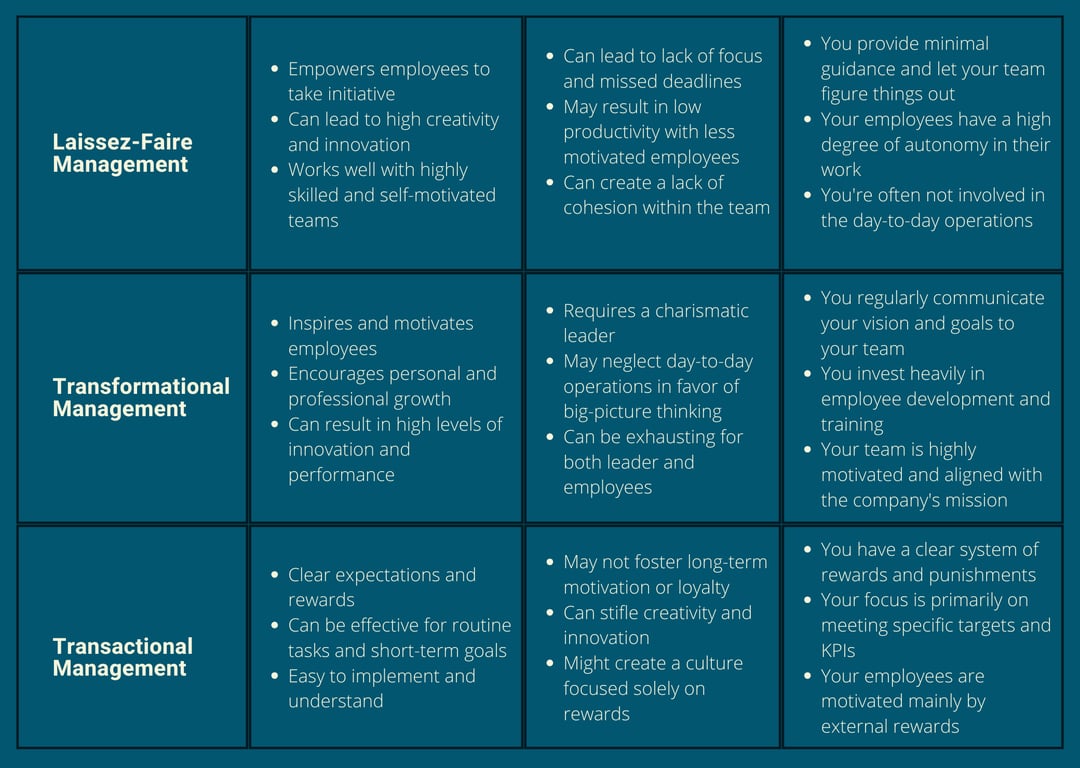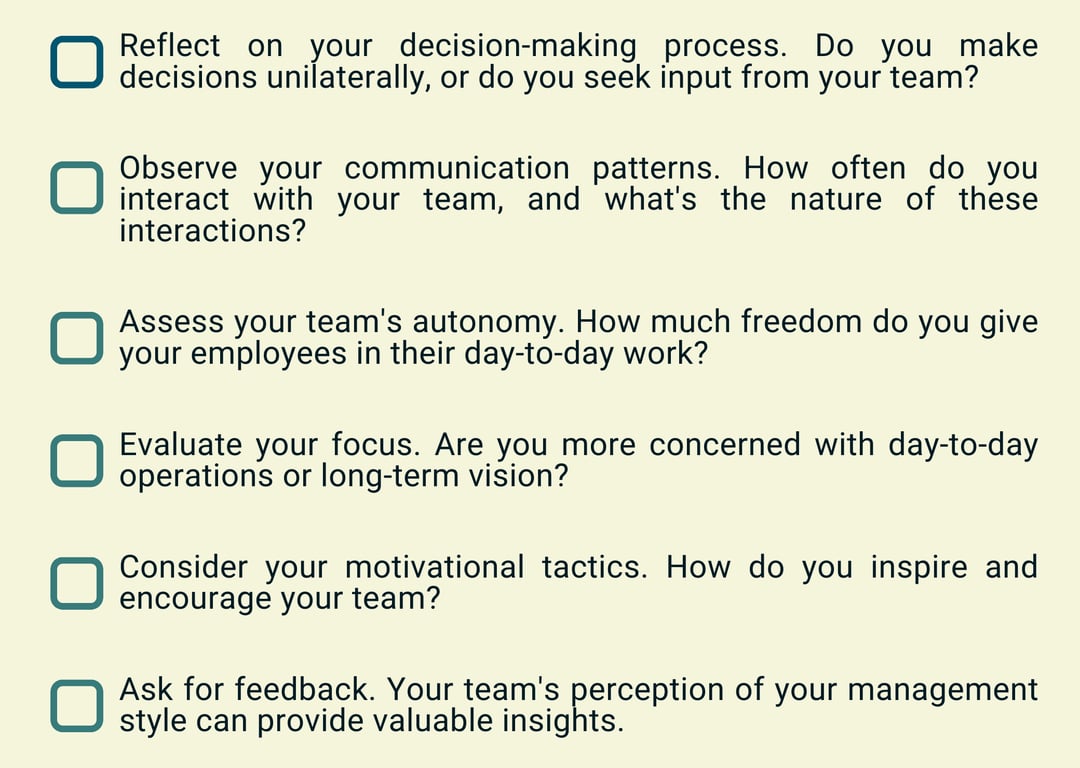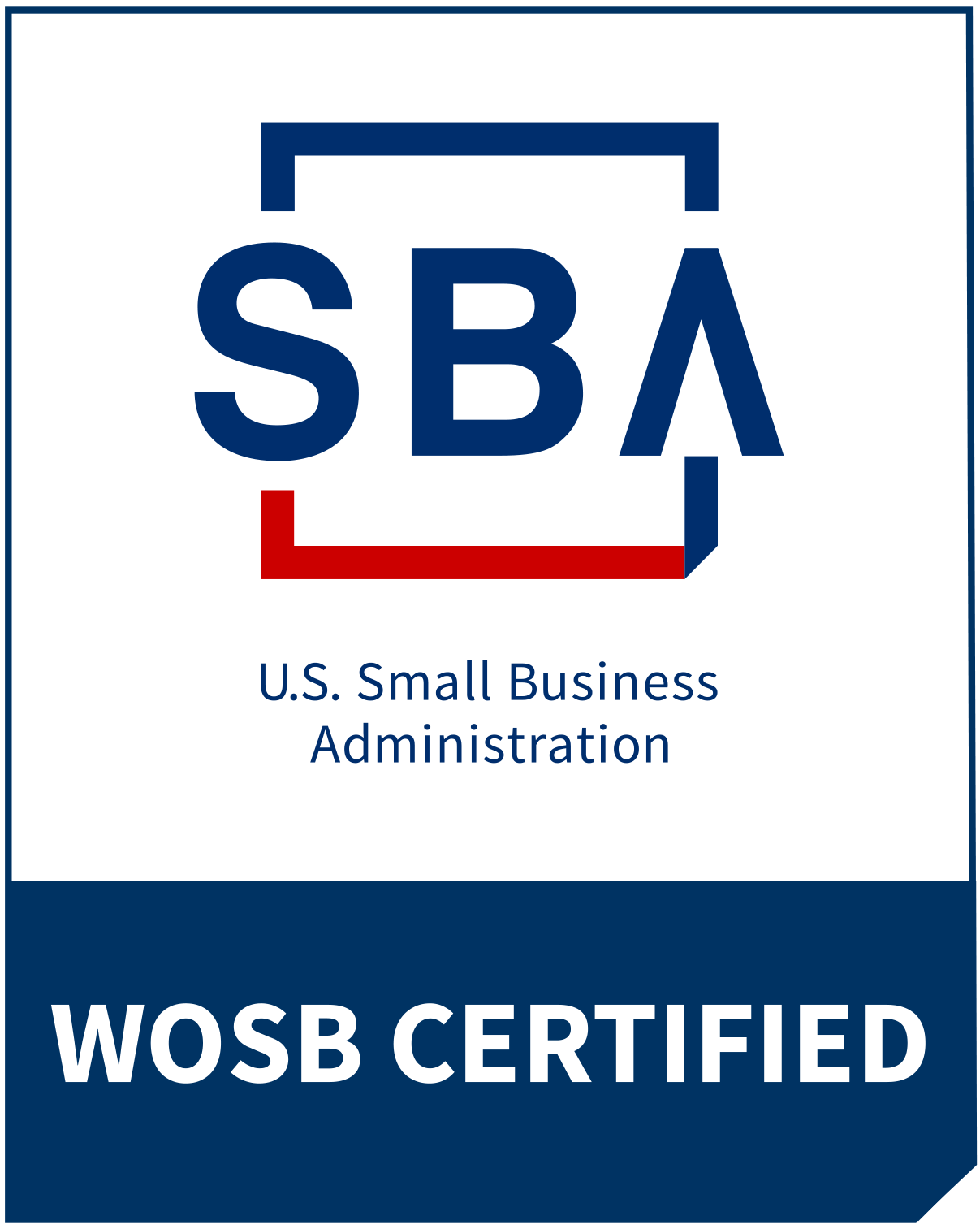Manage to Millions: Your Leadership Journey
Manage to Millions: Your Leadership Journey
As entrepreneurs and CEOs, we often find ourselves caught in a whirlwind of daily operations, strategic decisions, and crisis management. But have you ever paused to consider how your management style might be influencing the very challenges you're facing?
Think about it: When was the last time you reflected on how you lead your team? Are you inadvertently stifling innovation with an overly rigid approach? Or perhaps your hands-off style is leaving your employees feeling directionless?Consider these questions:
Do you find yourself constantly putting out fires in your business? Your management style might be reactive rather than proactive.
Is your team hesitant to share new ideas? Your leadership approach could be dampening creativity and initiative.
Are you struggling to delegate effectively, feeling that no one can do the job quite as well as you can? This might be a sign that your management style isn't fostering growth and skill development in your team.
Does your business grind to a halt when you're not physically present? Your leadership style may not be empowering your team to operate independently.
Are you consistently missing targets or deadlines? The way you manage and motivate your team could be at the root of this issue.
These connections between your management style and your business's performance aren't always obvious, but they're critical to understand if you want to scale successfully and regain control of your time and life.
The truth is that your management style impacts every aspect of your business—from team morale and productivity to innovation and profitability. It can be the difference between a business that's constantly in crisis mode and one that runs smoothly even in your absence.
In this article, we'll dive deep into various management styles, their pros and cons, and how to identify your own approach. More importantly, we'll explore how understanding and adapting your management style can transform your business, allowing you to systematize operations, scale effectively, and ultimately achieve the freedom and success you've been working towards.
Types of Management Styles
Before we dive into specific management styles, it's important to understand that there's no one-size-fits-all approach to leadership. Each style has its own strengths and weaknesses, and the most effective leaders often adapt their approach based on the situation and the needs of their team. Let's explore five common management styles, their characteristics, and how they might impact your business. Take a few minutes to review the pros and cons of each management style, along with some common characteristics.


Identifying Your Primary Management Style
To identify your primary management style, consider the following:

Remember, most effective leaders don't stick to just one style but adapt their approach based on the situation and their team’s needs.
Connecting Management Styles to Business Growth
Understanding and refining your management style isn't just about becoming a better leader – it's about creating a business that can thrive with or without your constant presence. Let's explore how the right management approach can help you acquire more clients, systematize your operations, scale effectively, and boost profitability.
1. Acquiring More Clients
A democratic or transformational management style can promote innovation and creativity in your team, resulting in better products or services and more effective marketing strategies. When your team feels empowered to contribute ideas, you're tapping into a wealth of knowledge that can help attract and retain clients.
For instance, by adopting a more democratic approach, you could encourage your team to develop innovative marketing campaigns. This would lead to an influx of new clients and allow you to step back from constantly being the sole idea generator.
2. Systematizing Operations
A blend of autocratic and transactional management styles can be effective when it comes to systematizing your business operations. Clear directives and reward systems can help establish and maintain consistent processes.
However, you must balance this with elements of democratic management to ensure your team buys into these systems. When employees have a say in how systems are developed and implemented, they're more likely to follow them consistently.
3. Scaling Effectively
Scaling a business requires a delicate balance of management styles. In the early stages, a more hands-on autocratic or democratic approach might be necessary. As your business grows, transitioning towards a more laissez-faire or transformational style can empower your team to handle increased responsibilities.
This transition is key to breaking free from being the bottleneck in your own business. By developing strong systems and a capable team, you create a business that can operate smoothly even when you're not there – allowing you to finally take that much-needed vacation!
4. Boosting Profitability
Each management style can contribute to profitability in different ways:
Autocratic: Can lead to quick decision-making and efficiency in certain situations.
Democratic: Can result in well-rounded decisions and higher employee satisfaction, leading to better retention and productivity.
Laissez-Faire: Can foster innovation, potentially leading to new profit streams.
Transformational: Can inspire high performance and alignment with company goals.
Transactional: Can drive short-term results and clear goal achievement.
The key is to use the right style at the right time. For example, you might use a transformational style to set a vision for a new product line, a democratic style to refine the concept, and a more transactional approach to ensure efficient production.
Understanding and mastering different management styles is not just an academic exercise—it's an essential step in transforming your business from a source of stress into a well-oiled machine that can run without your constant oversight.
By adapting your management style, you can create a more engaged and productive team, establish robust systems, and position your business for sustainable growth. This can lead to increased profitability, a larger client base, and, most importantly, the freedom to step away from your business without everything falling apart.
So, what's your next step? Start by honestly assessing your current management style. Identify your strengths and weaknesses in management, and consider how you might incorporate elements from other styles to address your business's unique needs.
Consider seeking feedback from your team – their insights can be invaluable in understanding how your management style impacts their work and the overall business. And don't be afraid to experiment with different approaches. Leadership, like any skill, improves with practice and reflection.
Remember, the goal isn't to completely overhaul your management style overnight. Instead, focus on making small, intentional changes that can lead to significant improvements over time. Your future self – the one relaxing on a beach while your business hums along smoothly – will thank you for it.
Is Your Business Growing But You Feel Like It’s Falling Apart?
Feeling the strain of business growth? You're not alone. Many successful businesses face these challenges. It's often the little things that cause big headaches. Suddenly, your tried-and-true methods don't work anymore, profits shrink, customers are complaining, and you're constantly firefighting.
The key lies in fine-tuning your systems to support your growth. My 3S Profit Optimizer framework helps to secure more clients, streamline operations, and supercharge scalability. I've helped numerous businesses overcome these hurdles, and I'd love to see how I can help you succeed.
Let’s minimize the growing pains and prevent them from reflecting poorly on your business. To learn how to have more freedom, more control, and more opportunities to earn income take action now and click below.
Related Posts





